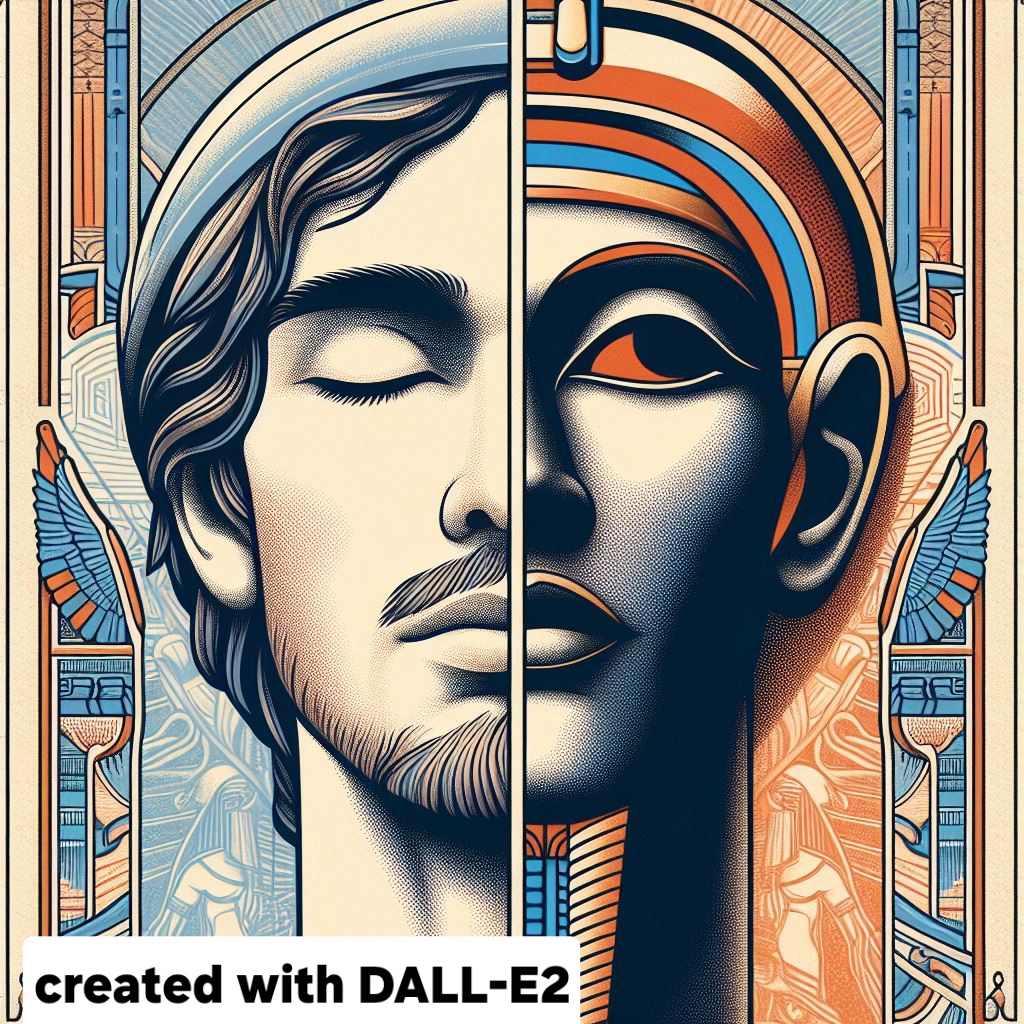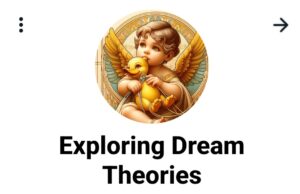why dreams appear so real and vivid
DR George Northoff in his book “neuropsychoanalysis in practice” discusses the question of why dreams appear so real and vivid, and why they contain objects. The author suggests that the brain is predisposed to creating a sense of space and time, and that this is what makes dreams feel so real. Additionally, the author suggests that the objects in dreams are created by the brain based on memories of past experiences.
* Rest-state activity in the brain: The author suggests that different levels of activity in different parts of the brain during sleep may lead to different dream experiences.
* Phenomenal space and time: This refers to the subjective experience of space and time, which is created by the brain. The author suggests that this is what makes dreams feel so real.
* Rest-stimulus interaction: This refers to the way that the brain interacts with external stimuli while we are awake. The author suggests that a similar process occurs during sleep, but with internal stimuli instead of external stimuli.
* Brain-object differentiation: This refers to the process by which the brain distinguishes between itself and the external world. The author suggests that this process also occurs during sleep, but that the objects in dreams are internal rather than external.
The author concludes by suggesting that the reason why dreams seem so real and vivid is because the brain is constantly creating a sense of space and time, and that the objects in dreams are created based on memories of past experiences.
It is important to note that this is just one theory about why dreams occur, and there is still much that we do not know about them.
*Key Points
* *Focus on Neuroscience:* Our Website approach often looks at dreams through a neuroscientific lens. He investigates the physiological and neurological changes that occur during dreaming to understand why they happen. This approach aligns with the theory explaining how differences in brain activity affect dream experiences.
* *The Brain as Author:* Both the image’s theory and Our Website approach likely agree on the idea that the brain is the primary creator of our dream experiences. The brain draws on memories, sensations, and emotions to construct the dreamscape.
* *Exploration of Dream Realism:* Our Website approach has likely explored questions similar to why dreams feel so real. This focus ties into the text’s exploration of “phenomenological space and time” – the brain’s way of creating a sense of reality within the dream.

Below are some notable works by Dr. Georg Northoff:
- “Neuro-Philosophy and the Healthy Mind: Learning from the Unwell Brain”: In this book, Northoff explores what we can learn about the mind’s health from the study of psychiatric disorders. He argues that insights into conditions such as depression, schizophrenia, and bipolar disorder can help us understand the basis of a healthy mind and the philosophical implications for concepts of self and identity.
- “Unlocking the Brain: Volume 1: Coding” and “Unlocking the Brain: Volume 2: Consciousness”: These volumes represent a comprehensive effort to tackle the brain’s coding and consciousness mechanisms. Northoff delves into the neuroscientific underpinnings of how the brain encodes information in the first volume and addresses the complexities of consciousness in the second. These works are known for their in-depth analysis and integration of neuroscientific findings with philosophical questions about the mind.
- “Minding the Brain: A Guide to Philosophy and Neuroscience”: This book serves as an introductory guide to the intersection of philosophy and neuroscience. Northoff provides a clear overview of how neuroscientific discoveries inform and challenge philosophical questions about the mind, consciousness, and the self. It is designed for readers new to these complex subjects, offering accessible explanations and engaging discussions.
- “The Spontaneous Brain: From the Mind-Body to the World-Brain Problem”: Here, Northoff investigates the concept of spontaneous brain activity and its implications for understanding the mind-body relationship. He proposes a shift from a mind-body framework to a world-brain perspective, emphasizing the brain’s relationship with its environment and how this shapes consciousness and mental states.
- “Neuropsychoanalysis in Practice: Brain, Self and Objects”: This work explores the intersection of psychoanalysis and neuroscience, particularly focusing on how neuropsychoanalytic approaches can inform our understanding of the self and its relation to the external world. Northoff discusses the neurobiological underpinnings of psychoanalytic concepts and how they can be applied in clinical practice.


